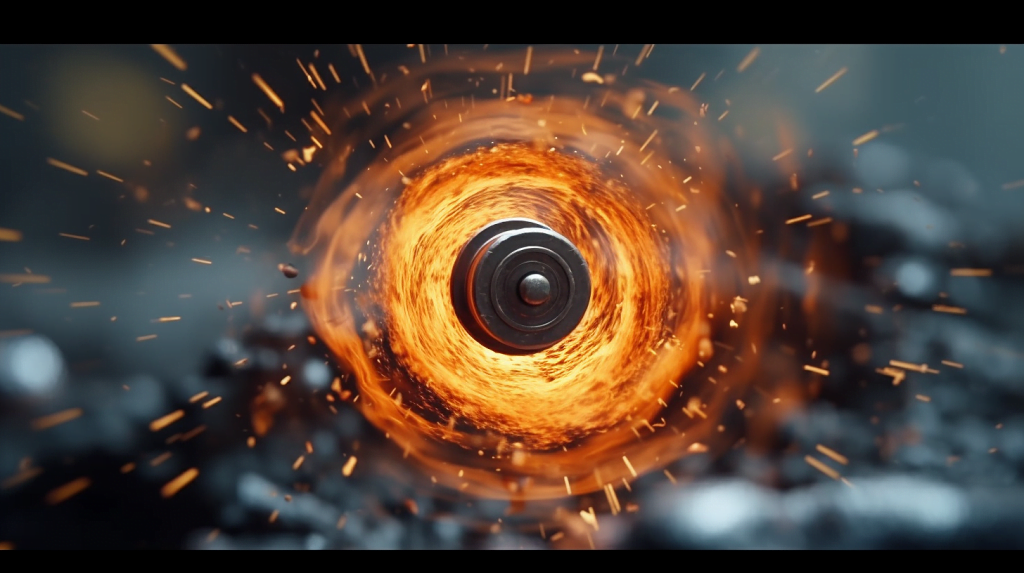Wind and Its Effects on Shooting Accuracy | How does wind affect bullet trajectory

Table of Contents
The Impact of Wind on Bullet Trajectory
Wind Effects on Shooting: Wind is a crucial factor that can greatly influence your shooting accuracy, particularly when engaging targets at long distances. Mastering the understanding of how wind affects bullet trajectory and acquiring the skills to compensate for it are vital for every marksman. This article delves into the principles behind the influence of wind on shooting accuracy and offers valuable tips for adjusting your aim when facing windy conditions.
How Wind Affects Bullet Flight
Wind can cause bullets to drift off course, with the effect being more pronounced at greater distances. Wind direction and speed both play a crucial role in determining the degree of this drift. Crosswinds, headwinds, and tailwinds all affect bullet trajectory differently, making it essential for shooters to learn how to read and account for these varying conditions.
Reading Wind Direction and Speed
To accurately compensate for wind, it’s important to be able to gauge its direction and speed. Observing wind indicators such as flags, trees, or grass can help you determine the wind’s direction. Estimating wind speed can be more challenging, but experienced shooters often rely on visual cues and practice to make accurate judgments.
Adjusting for Wind in Your Shooting Technique
Once you understand how wind affects bullet trajectory, you can make adjustments to your shooting technique to compensate for these effects. This section will provide tips on how to adjust for wind when aiming and shooting.
Hold Off Method
The hold off method involves adjusting your aim to compensate for wind drift. For example, if the wind is blowing from left to right, you would aim slightly to the left of the target to account for the bullet drifting to the right during its flight. The amount of adjustment depends on the wind’s speed and direction, as well as the distance to the target.
Kentucky Windage
Kentucky windage is an intuitive method of adjusting for wind that relies on the shooter’s experience and judgment. Instead of making precise calculations, the shooter estimates the necessary adjustments based on their familiarity with their rifle, ammunition, and the wind conditions. This method can be effective, but it requires a significant amount of practice and experience to master.
Advanced Wind Reading Techniques
For long-range shooters, more advanced wind reading techniques may be necessary to maintain accuracy. This section will discuss some of these methods and how they can help improve shooting accuracy in windy conditions.
Using Wind Flags
Wind flags can provide valuable information about wind conditions downrange. By observing the angle and movement of the flags, you can gain a better understanding of wind direction and speed at various points along the bullet’s path. This information can help you make more precise adjustments to your aim.
Mirages
Mirages can be used as a visual indicator of wind speed and direction. By observing the movement and patterns of mirages through a spotting scope, you can glean valuable information about the wind’s effect on your bullet’s trajectory. This technique requires practice and experience, but it can be a powerful tool for long-range shooters.
Conclusion
Understanding the effects of wind on shooting accuracy is essential for anyone looking to improve their marksmanship. By learning to read wind conditions and making the necessary adjustments to your shooting technique, you can maintain accuracy even in challenging, windy conditions.







